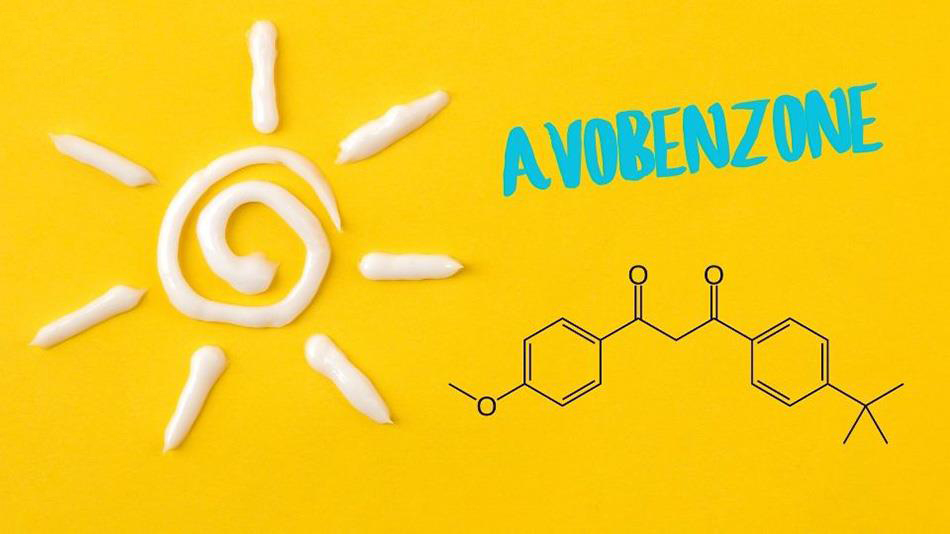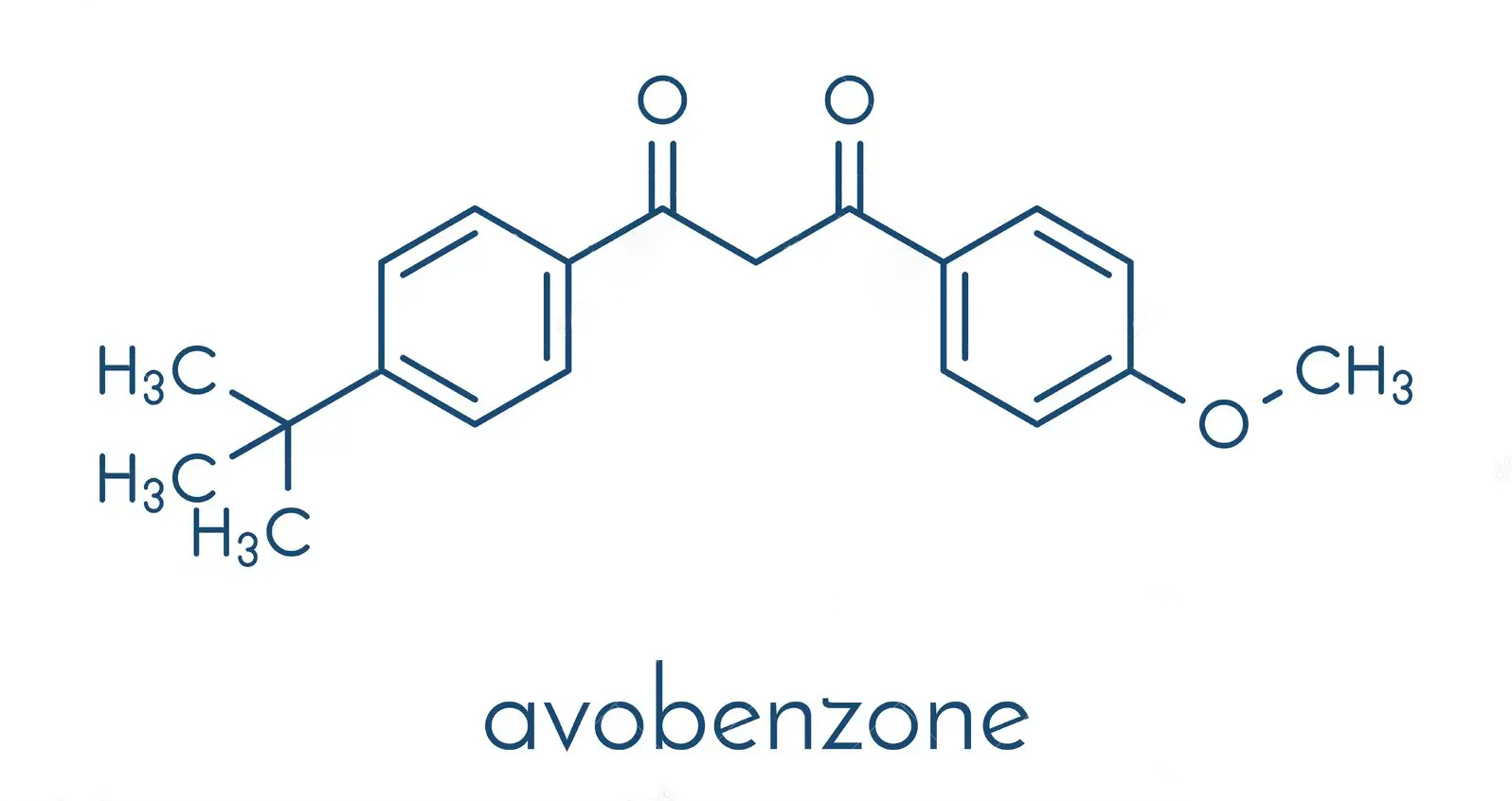Avobenzone and benzophenone are both chemical compounds used in sunscreen products, but they serve different purposes and have distinct characteristics.
Avobenzone:
- Function: Avobenzone is a broad-spectrum sunscreen agent that primarily absorbs UVA rays, which are responsible for premature aging and skin damage.
- Spectrum: It is effective in protecting against a wide range of UV radiation, including UVA, which is why it’s commonly included in formulations aiming to provide more complete sun protection.
- Stability: Avobenzone is known to degrade when exposed to sunlight over time, which can reduce its effectiveness. Some formulations include stabilizing agents to help extend its protective capabilities.
- Use: It’s widely used in both sunscreen lotions and sprays for its UVA protection.

Benzophenone:
- Function: Benzophenone is another sunscreen agent, but it is primarily used for UVB protection (shorter wavelengths that cause sunburn). It absorbs UVB rays and helps prevent sunburn.
- Types: There are various forms of benzophenone, such as Benzophenone-3 (also known as oxybenzone), which is commonly used in sunscreens.
- Spectrum: Benzophenone is less effective at blocking UVA rays compared to avobenzone. Some newer sunscreen formulations combine both types of agents for broader protection.
- Stability: Benzophenone is more stable than avobenzone under sunlight exposure, but it can still cause skin irritation in some individuals.
- Use: Besides sunscreen, benzophenone is used in a variety of personal care products, as well as in plastics, where it acts as a UV filter.

Key Differences:
- Protection: Avobenzone offers broader UVA protection, while benzophenone (like oxybenzone) is more focused on UVB protection.
- Stability: Benzophenone tends to be more stable under sunlight, while avobenzone requires stabilizing agents to maintain its effectiveness.
- Skin Sensitivity: Some individuals may be sensitive to benzophenone (especially oxybenzone), while avobenzone is generally considered to have a lower risk of irritation.
In many modern sunscreens, these ingredients are often used together to offer protection across the entire UV spectrum.
